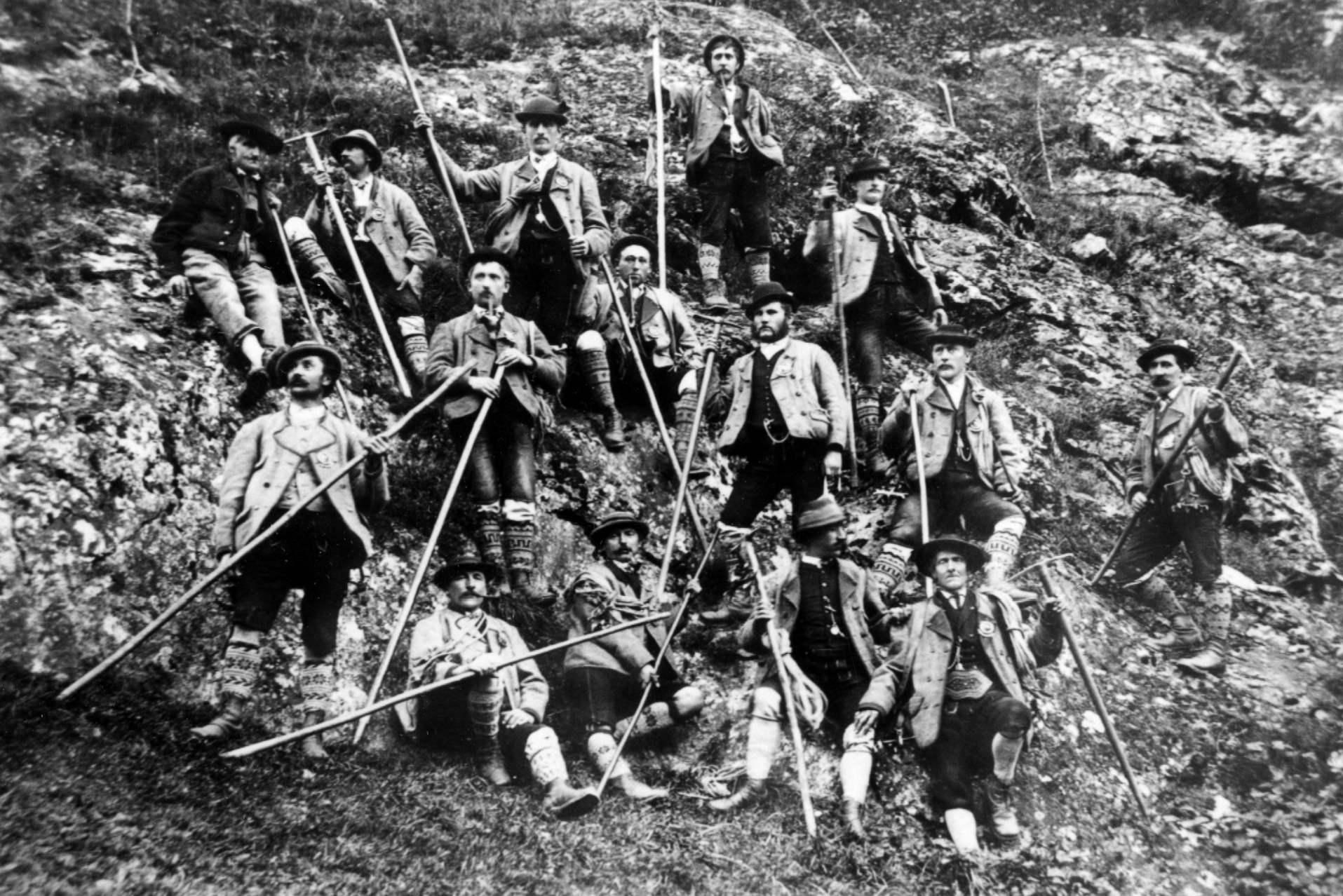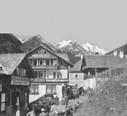he slim gothic church tower, surrounded by clusters of wooden farmhouses; and in the background, surpassing it all, the brilliant white radiance of the Grossglockner – like a formidable, snow-covered pyramid. This almost unearthly synergy of nature and culture has most aptly been described as the ‘Shangri-La of the Alps’ by leading visual composition expert Christian Mikunda. Because what is a mountainscape without the people and their stories?
Heiligenblut and the Grossglockner: rarely has the history of a village been so inextricably linked with one mountain. For centuries, the mountains were perceived as a terrifying place of danger and superstitious fears. The Age of Enlightenment, however, brought about a growing curiosity among scholars and clerics. Suddenly the beauty of the alpine landscape was celebrated in passionate travel reports and romanticised paintings – and the desire to advance into these unexplored realms became increasingly strong.
But how to go about it? Prince-bishop Salm-Reifferscheidt, who initiated the first-ever expedition to the summit of the Grossglockner, had to grapple with this exact question. The ascent to Austria’s highest peak seemed too steep, and fraught with too much danger. None of his mountaineering companions dared to lead the way to such dizzying new heights. The local farmer boys, on the other hand, were not so easily daunted. As herdsmen they often had to follow their animals into far more difficult terrain – and for a decent wage, they were more than willing to pave the way for the bravest members of the upper classes. And so the 28 July 1800 marked not only a pivotal day in the history of alpinism, but also the birth of mountain guiding in Heiligenblut.

From then on, more and more mountaineers began flocking to Heiligenblut, driven by the desire to stand at the summit of the Grossglockner. Our ancestor’s grand lodging house, the Glocknerwirt inn right next to the village church, served as the perfect base for these ventures. In around 1858, a small cabin was built next to the inn, where our great-grandmother began to connect tourists with local guides and carriers for their Glockner expeditions. This so-called ‘Bergführerhäusl’ (Mountain-guide Cabin) was essentially Austria’s first outdoor-tourism agency – and an enterprise which has significantly shaped the history of both our family and the entire village.

o it seems more than fitting that when we plan our Into the Wild tours together with our guests, we all meet in the Pioneers’ Bar – built on the very same spot where the ‘Bergführerhäusl’ once stood. The only difference is that the adventures we offer our guests today are indeed more multi-faceted than a guided tour to a specific destination. “The only way to truly experience the magic and the secrets of the Hohe Tauern National Park is in the company of a hiking, mountain or hunting guide who is not only experienced, but also conscientious,” Hannes Pichler firmly believes. It was this thought process that prompted him to develop the Into the Wild programme for the Nationalpark Lodge Grossglockner. Because what can be better than to share one’s own passion for our extraordinary natural environment with appreciative visitors, and at the same time continue a century-long family tradition in a sustainable manner? “Every walk in nature leaves you richer than you were before,” Hannes knows from experience. To find out more about this redefined concept of riches, simply follow the Trip Finder link – and come with us Into the Wild.






